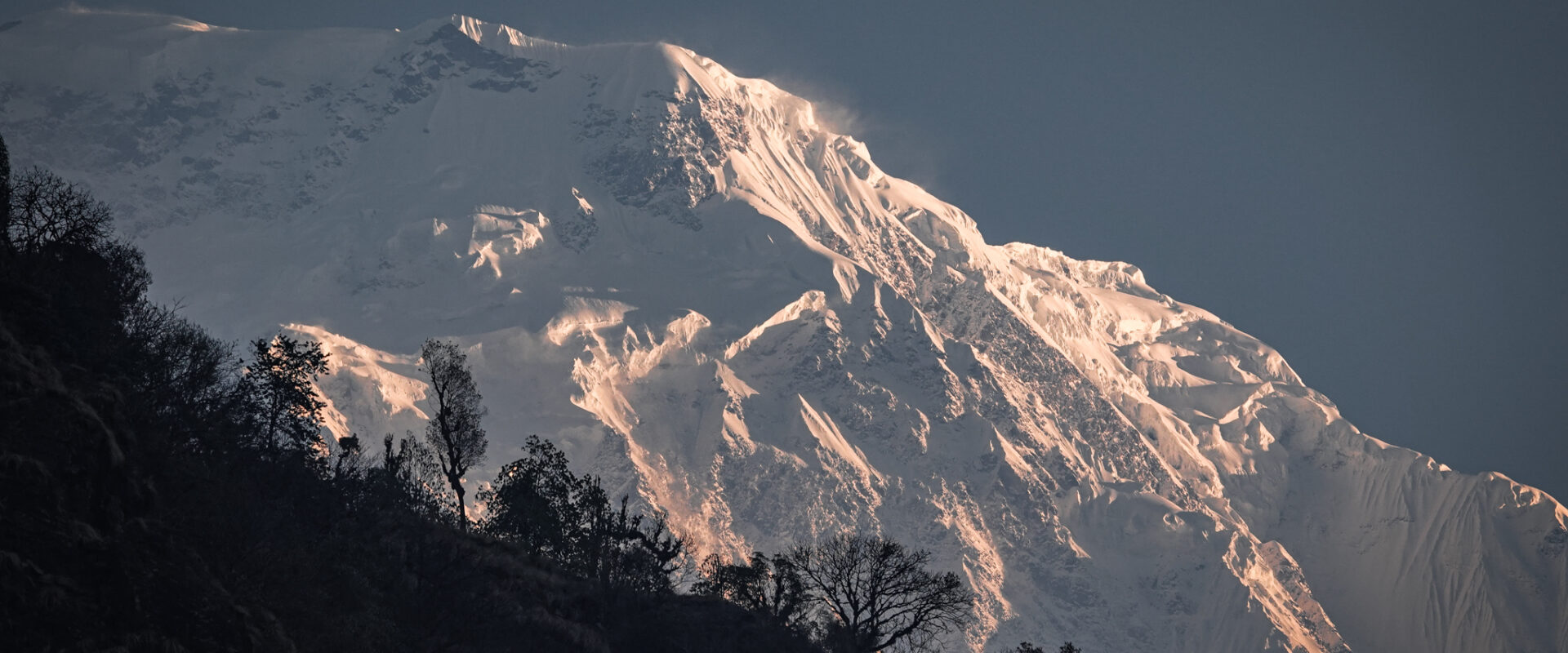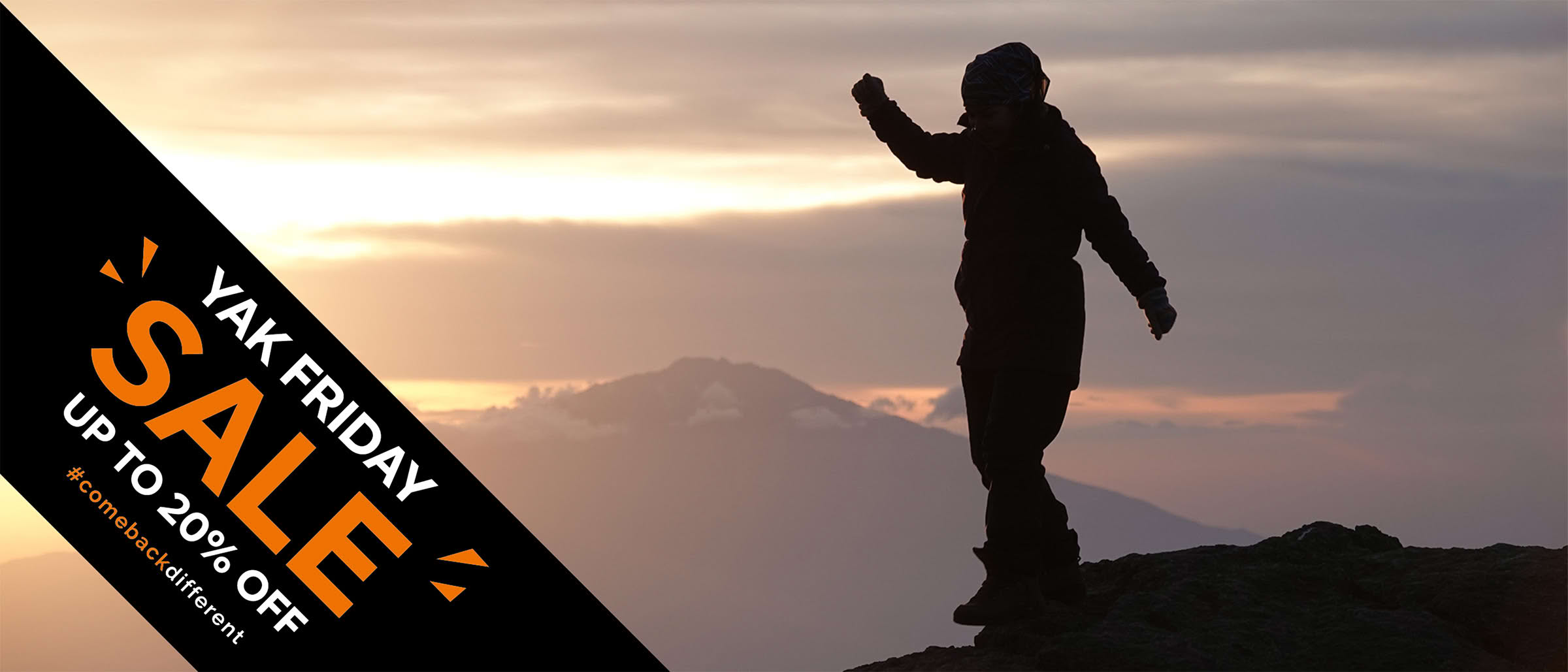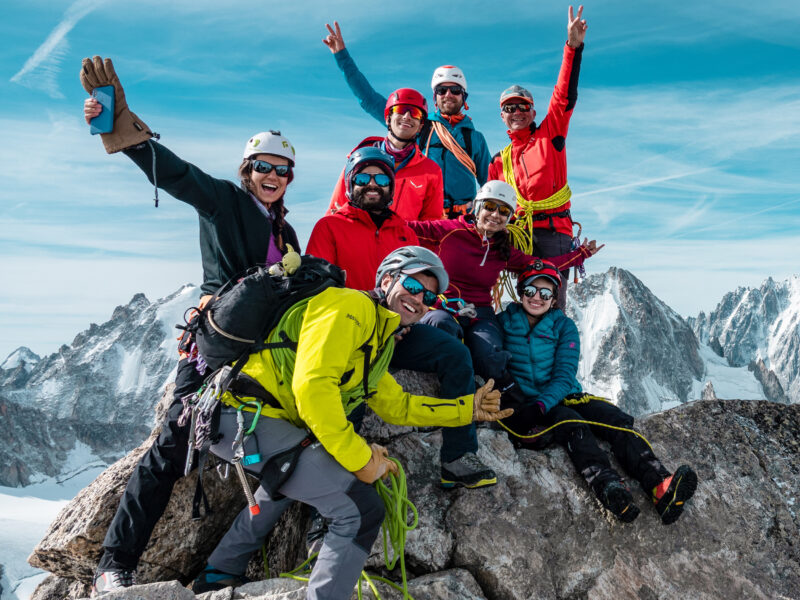BY Rami Rasamny | August 15 2024
The Best Time to Trek to Annapurna Base Camp

Trekking to Annapurna Base Camp (ABC) is a dream for many adventurers. The trek offers breathtaking views, diverse landscapes, and a chance to experience the rich culture of Nepal. Choosing the best time to trek is crucial for a successful and enjoyable journey. Here, we explore the best seasons to embark on this trek, focusing on weather conditions, trail quality, and overall experience.
Primary Trekking Seasons
Autumn (September to November)
Autumn is widely considered the best time to trek to Annapurna Base Camp. This season offers the most favorable conditions for trekking, with stable weather and stunning views.
Weather and Conditions:
- Temperature: Daytime temperatures range from 10°C to 20°C (50°F to 68°F) at lower altitudes, and it gets colder as you ascend.
- Visibility: Clear skies and crisp air provide unparalleled views of the Annapurna range.
- Trail Conditions: Dry and firm trails make trekking easier and safer.
Advantages:
- Scenic Beauty: The post-monsoon season clears the skies, offering stunning vistas of snow-capped peaks.
- Festivals: Experience local festivals such as Dashain and Tihar, which add a cultural dimension to the trek.
Spring (March to May)
Spring is another excellent season for trekking to Annapurna Base Camp. The weather is mild, and the landscape is vibrant with blooming flowers.
Weather and Conditions:
- Temperature: Daytime temperatures range from 16°C to 23°C (61°F to 73°F) at lower altitudes, with cooler temperatures at higher elevations.
- Visibility: Generally clear skies, although occasional pre-monsoon showers can occur.
- Flora: Rhododendrons and other wildflowers are in full bloom, adding color to the trails.
Advantages:
- Natural Beauty: The blooming flowers, especially rhododendrons, enhance the trek’s scenic beauty.
- Wildlife: Spring is a great time for birdwatching and spotting other wildlife in the region.
Secondary Trekking Seasons
Winter (December to February)
Winter trekking to Annapurna Base Camp is less popular due to cold temperatures, but it offers a unique experience for those prepared to brave the chill.
Weather and Conditions:
- Temperature: Daytime temperatures can be as low as -10°C (14°F) at higher altitudes.
- Visibility: Clear skies and excellent mountain views.
- Trail Conditions: Trails can be covered in snow and ice, making trekking more challenging.
Advantages:
- Solitude: Fewer trekkers on the trails provide a more peaceful experience.
- Scenic Beauty: Snow-covered landscapes offer a different, but equally stunning, visual appeal.
Monsoon (June to August)
The monsoon season is the least favorable time for trekking to Annapurna Base Camp due to heavy rainfall and increased risk of landslides and leeches.
Weather and Conditions:
- Temperature: Warm and humid, with temperatures ranging from 20°C to 25°C (68°F to 77°F).
- Visibility: Frequent rain and cloud cover reduce visibility.
- Trail Conditions: Muddy and slippery trails, with a higher risk of leeches and insects.
Advantages:
- Lush Greenery: The landscape is lush and green, with waterfalls at their most spectacular.
- Quiet Trails: Fewer trekkers due to the challenging conditions.
Conclusion
The best time to trek to Annapurna Base Camp is during the autumn (September to November) and spring (March to May) seasons. These periods offer the most favorable weather conditions, clear skies, and vibrant landscapes. While winter and monsoon treks are possible, they come with additional challenges and require more preparation. Ultimately, the choice of when to trek depends on your personal preferences and tolerance for weather conditions. Regardless of the season, the Annapurna Base Camp trek promises an unforgettable adventure through one of the world’s most stunning mountain ranges.
About The Author
Rami Rasamny is the founder of Life Happens Outdoors, a premium adventure travel community dedicated to transforming lives through curated outdoor experiences. A mountaineer and entrepreneur, Rami has led teams on some of the world’s most challenging peaks, from the Alps to the Himalayas. His mission is to make adventure accessible, transformative, and safe for all who seek to push their limits and Come Back Different.
About Life Happens Outdoors
At Life Happens Outdoors, we believe in the power of nature to transform lives. As proud members of the Adventure Travel Trade Association (ATTA) and the World Travel & Tourism Council (WTTC), our team of certified guides and outdoor professionals is committed to the highest standards of safety, sustainability, and excellence.
Discover more about our story and mission on our Meet LHO page, or explore our curated adventures such as the Tour du Mont Blanc Trek, the Climb of Kilimanjaro, and Chasing the Northern Lights.















